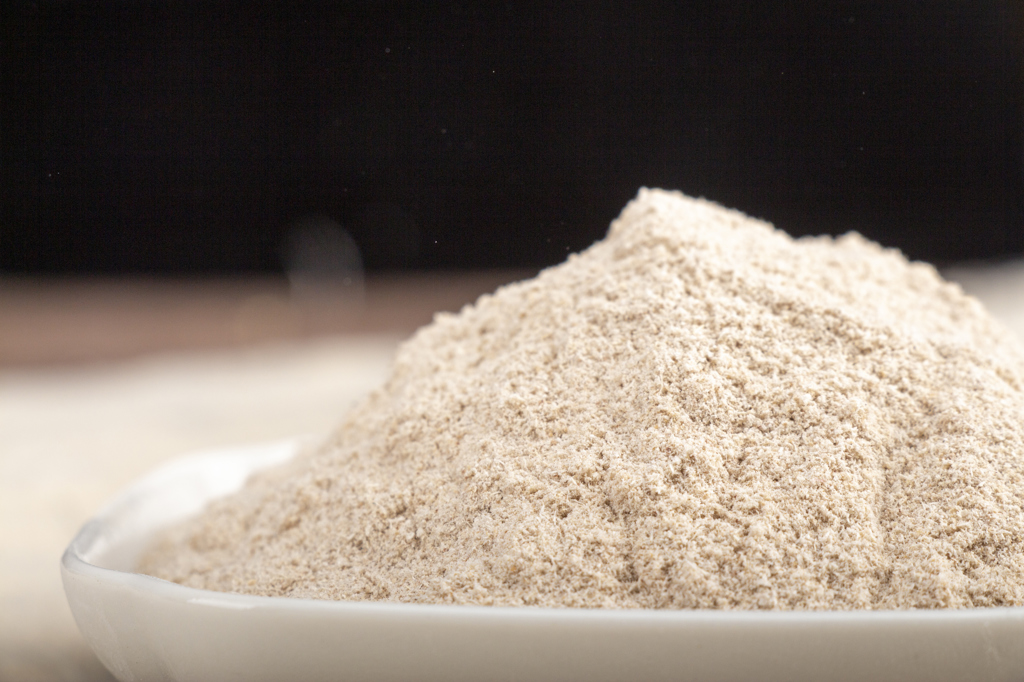- No.3 Beijing East Road, Laixi Economic Development Zone, Qingdao City, Shandong Province

| Moisture | ≤12% |
| Starch | ≥30% |
| Crude Fiber | ≤35% |
Due to its high content of carbohydrates and crude fiber, stable source and low price, it is widely used in livestock and poultry feed and ruminant feed. The recommended usage plan is as follows:
1. Due to palatability issues, it is not recommended to add it to Suckling pigs.
2. Fattening pig feed can be added at a rate of no more than 3% in the early stage (or under 60kg) and no more than 5% in the later stage (over 60kg) as energy feed to replace corn, bran, rice bran, etc. However, it should be noted that amino acids, vitamins and trace elements should be appropriately supplemented according to the actual formula
3. Partially replace bran and chaff raw materials in sow feed.
It can be used as supplementary energy feed or added to concentrated supplementary feed to replace corn and its by-products (or wheat by-products). At the same time, it is necessary to appropriately adjust the amount of additives according to the actual formula. For calves and lambs, the addition ratio should be within 10%. During the fattening period for cattle and sheep, the addition ratio can be increased.
As an energy feed to replace part of the bran and chaff raw materials